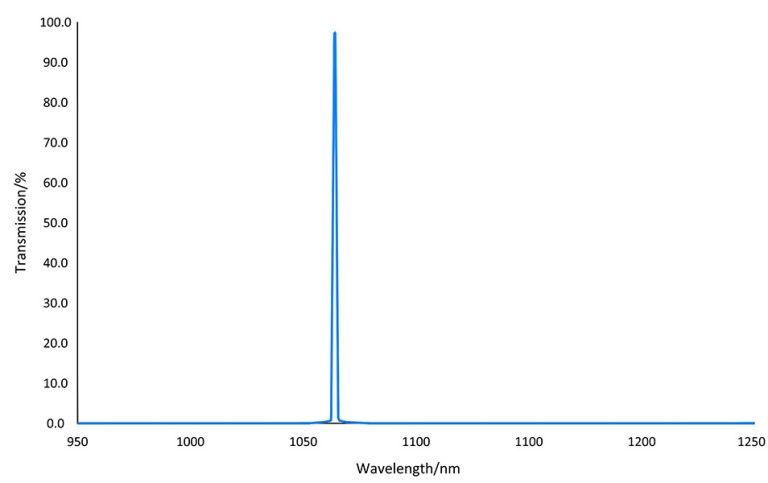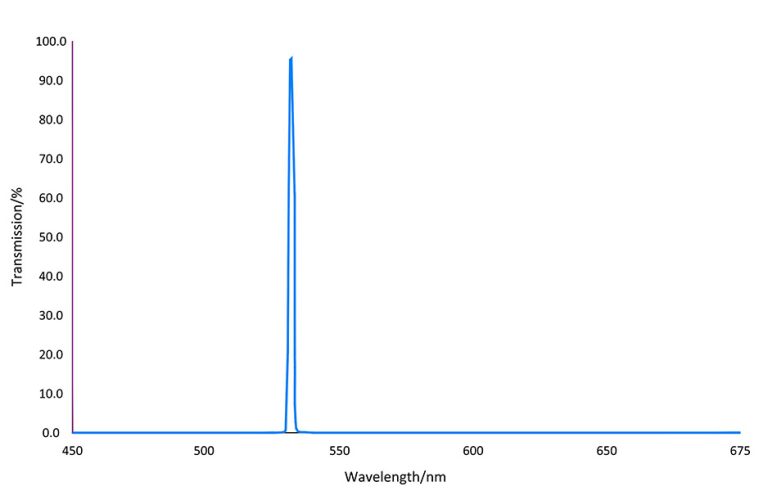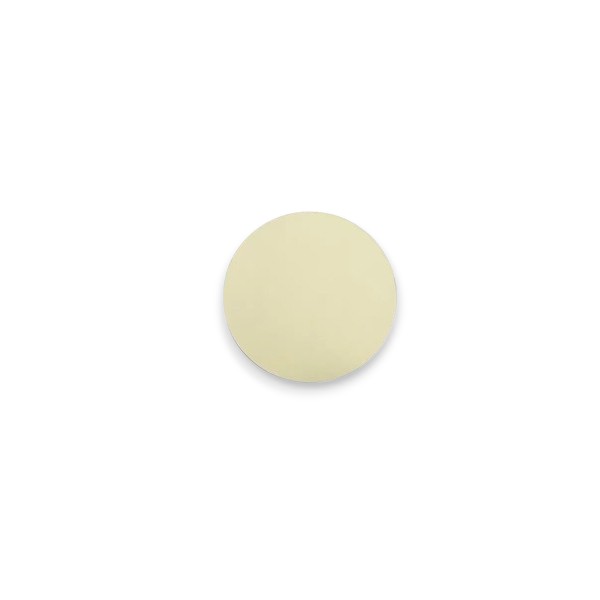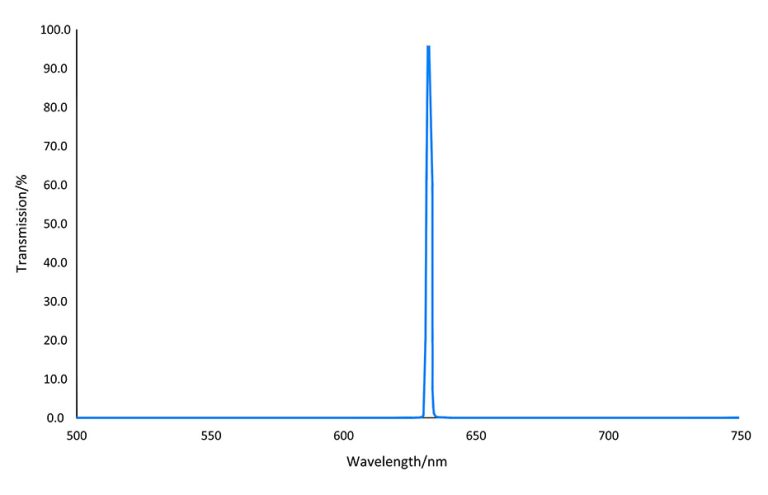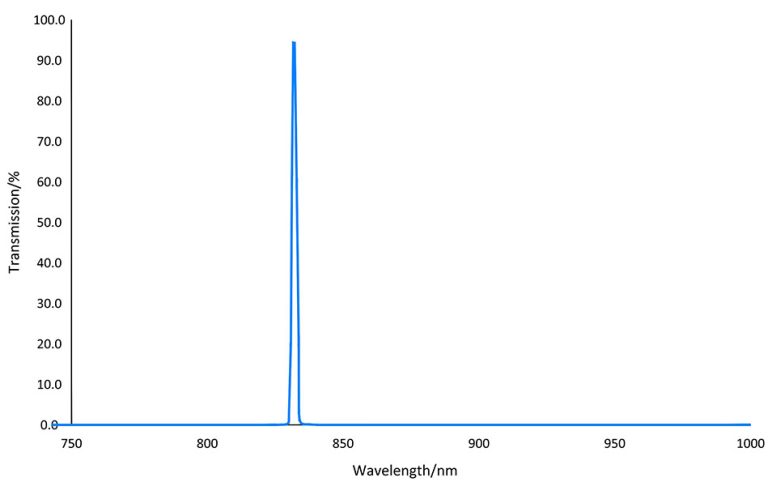Roman Laser Filter
FAQs
A Raman laser line filter is an optical component used in Raman spectroscopy systems. It is placed in the optical path between the laser and the sample, and its main function is to purify the excitation source by ensuring that only the specific laser wavelength reaches the sample while filtering out stray light from the laser output. It is typically a bandpass filter with a passband width of 1–3 nm.
In Raman spectroscopy, a bandpass filter only allows a narrow wavelength band to pass, purifying the laser. The typical bandwidth is between 1–10 nm, and the passband edges are very steep.
An edge filter only allows light above or below a cutoff wavelength to pass and is mainly used to block Rayleigh scattering. Its bandwidth is usually wide, covering one side of the full spectrum, and the transition region is relatively gradual.
The key parameters of a Raman bandpass filter include center wavelength, full width at half maximum (FWHM), transmission rate, blocking depth, and damage threshold. The wavelength shift caused by changes in the angle of incidence should be minimal.
A long-pass filter is a type of edge filter used in the Raman signal collection path. It blocks Rayleigh scattering at the laser wavelength while allowing the longer-wavelength Raman signals to pass. One limitation is that it cannot distinguish anti-Stokes scattering and must be used in combination with other filters.
When selecting a suitable Raman laser line filter, the center wavelength must match the laser output. The bandwidth should be slightly wider than the laser linewidth. The transmission within the passband should be >90% to minimize power loss, and the optical density in the blocking region should be >OD6. The damage threshold should also be chosen based on the laser power.

